Disclosure: This article contains affiliate links. We may earn a commission from purchases at no extra cost to you, which helps our travel content.
Nepal has been my spiritual playground for years now, but I'll let you in on something that took me three visits to discover: the magic of this country extends far beyond the famous Everest Base Camp trek. While EBC deserves its legendary status, the Kathmandu Valley cradles some of the most soul-stirring, budget-friendly treks you've never heard of. These paths have taught me more about the sacred geometry of mountain landscapes and mindful movement than any expensive retreat ever could. As someone who grew up blending cultures and now coaches others to find harmony in movement, I've discovered that Nepal's lesser-known trails offer the perfect backdrop for both physical challenge and inner reflection. Ready to explore beyond the postcard peaks? Let's discover seven routes where the journey truly becomes the destination – no luxury budget or Instagram fame required.
Why Venture Beyond the Famous Routes?
My first trek in Nepal followed the classic EBC route – spectacular, yes, but also crowded, commercialized, and increasingly expensive. It wasn't until I found myself sitting alone on a ridge in Shivapuri National Park, just an hour's drive from Kathmandu, that I truly connected with Nepal's essence.
These alternative treks offer what I call the 'triple alignment' – physical challenge, cultural immersion, and spiritual connection – without depleting your savings or testing your patience with crowds. The sacred geometry I've studied appears naturally in these landscapes: perfect triangular peaks, spiraling paths that mimic the golden ratio, and villages arranged in mandalas around ancient temples.
The beauty of these underrated routes is accessibility. Most begin within a few hours of Kathmandu, meaning you spend less time in transit and more time in actual connection with the land. You'll encounter fewer tourists but more authentic exchanges with locals who aren't yet jaded by mass tourism.
For preparation, I always rely on my trekking map which includes elevation profiles and village details not found on digital apps. The physical map not only serves as a practical tool but becomes a cherished souvenir marked with your personal journey.

💡 Pro Tips
- Pack light but include layers – temperatures around Kathmandu Valley can fluctuate dramatically between day and night
- Exchange contact details with locals you meet – some of my most meaningful friendships began this way
- Practice basic Nepali phrases – even simple greetings open doors to authentic connections
1. Shivapuri Nagarjun National Park Circuit
Just a 30-minute drive from Kathmandu lies my favorite weekend escape – a forested sanctuary where the air feels like pure oxygen compared to the city's chaos. The Shivapuri Nagarjun National Park Circuit combines accessible trails with surprising solitude, making it perfect for acclimatization or a quick nature reset.
The complete circuit takes 2-3 days, though you can tackle segments as day hikes. I recommend starting from Budhanilkantha (home to a massive sleeping Vishnu statue worth visiting) and climbing toward Nagi Gompa, a peaceful nunnery where female Buddhist practitioners have meditated for generations. The path continues to Shivapuri Peak (2,732m), offering sweeping views of the Kathmandu Valley and the distant Himalayan range.
What makes this trek special is the biodiversity – over 300 bird species inhabit these forests. During my last visit, I spent an hour in silent meditation watching golden eagles circle overhead, their flight patterns creating perfect geometric arcs against the blue sky.
The trails are well-maintained but steep in sections. I always bring my trekking poles which save my knees on the descents and help maintain a mindful rhythm during climbs. The lightweight design makes them easy to strap to my pack when scrambling over rocky sections.
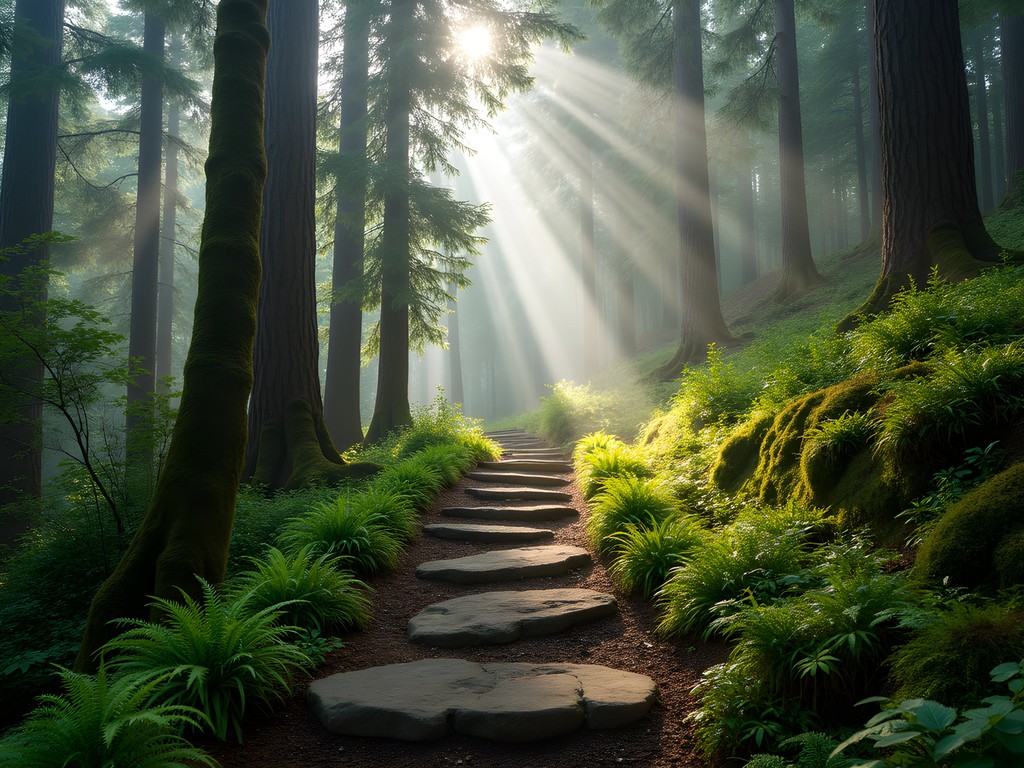
💡 Pro Tips
- Visit the Buddhist nunnery at Nagi Gompa – the nuns sometimes welcome visitors to join morning meditation
- Carry at least 2 liters of water as sources are limited on the upper trails
- Look for the rare Himalayan black bear – they're shy but occasionally spotted in early mornings
2. Nagarkot to Dhulikhel Ridge Trek
This 5-6 hour traverse along ancient trade routes connects two of the valley's most scenic viewpoints while passing through traditional Tamang and Newari villages largely untouched by tourism. The trail begins in Nagarkot – admittedly a popular sunrise spot – but most visitors never venture beyond the viewpoint hotels.
Starting early from Nagarkot (2,175m), you'll follow a ridgeline offering constant panoramic views of the Himalayan range, including Langtang, Dorje Lakpa, and on clear days, even Everest as a distant speck. The path undulates gently through pine forests and terraced fields before descending to Dhulikhel.
What transformed this trek for me was taking time to notice the sacred geometry in the terraced fields – perfect concentric curves following the contours of the earth, created by generations of farmers working in harmony with the landscape. These aren't just agricultural techniques; they're living mandalas.
The villages along this route showcase traditional Newari architecture with intricately carved wooden windows and doorframes. In one tiny settlement, I was invited into a home where three generations of woodcarvers practiced their art, creating geometric patterns that have adorned local temples for centuries.
During my autumn trek here, I was grateful for my merino wool base layer which kept me comfortable through morning chill, midday warmth, and evening coolness without needing constant clothing changes. The natural fibers also prevented the dreaded 'hiker stink' when I couldn't shower for a couple days.
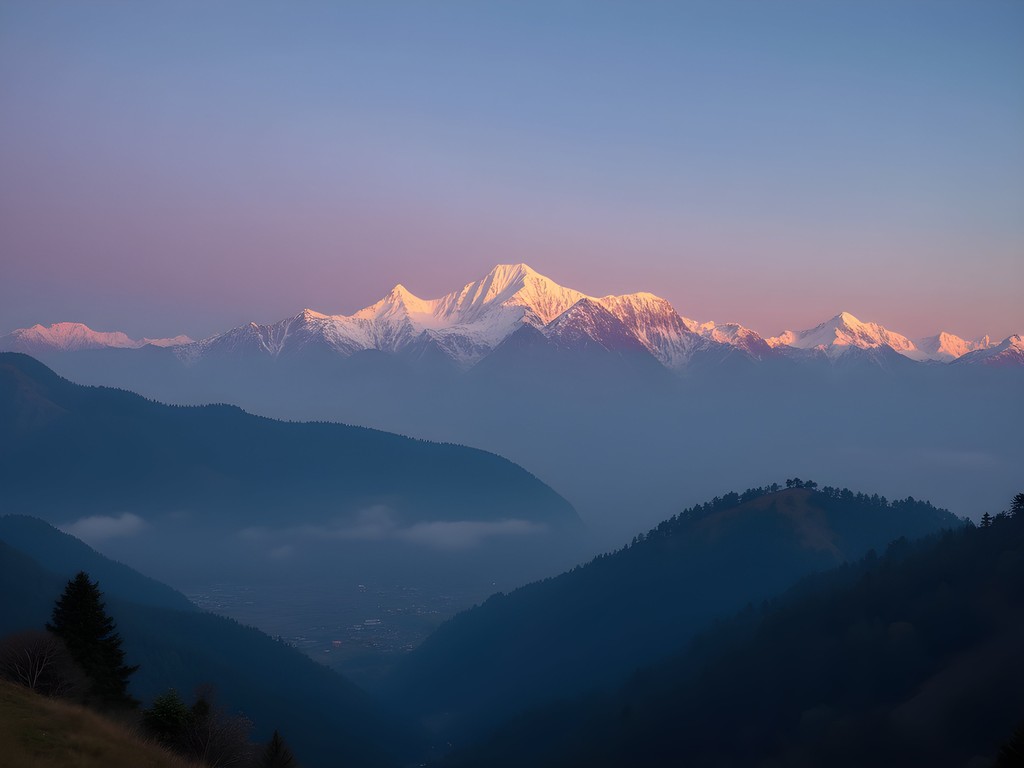
💡 Pro Tips
- Start by 7am to maximize daylight and mountain views
- Carry small denominations of Nepali rupees to purchase tea or snacks in village shops
- Look for the ancient stone rest stops (dhunge dhara) where traders have rested for centuries
3. Champadevi and Chandragiri Hills Circuit
This challenging day trek or leisurely overnight journey takes you to the southwestern rim of Kathmandu Valley, offering a completely different perspective than the more visited eastern viewpoints. Beginning in Pharping, a sacred Buddhist pilgrimage site, this circular route climbs through rhododendron forests to the twin peaks of Champadevi (2,285m) and Chandragiri (2,551m).
What makes this route special is its spiritual significance – Champadevi hosts both a Buddhist stupa and Hindu shrine at its summit, demonstrating the beautiful religious harmony that characterizes Nepal. I've spent hours watching pilgrims from different faiths sharing the same sacred space, their movements around the shrines creating living mandalas.
The physical challenge comes from the elevation gain (roughly 800m) and some steep sections, but the panorama rewards every drop of sweat. From these southwestern heights, you'll see not only the Kathmandu Valley but also the Makwanpur region and rolling hills that extend toward the Terai lowlands.
During my last trek here, I encountered a local forest meditation group who invited me to join their practice. We sat in silence as the valley light shifted, and I experienced one of those rare moments of complete presence that no luxury retreat could provide.
For this route, I rely heavily on my hydration system as water sources are limited and the exposed ridgeline can be deceptively dehydrating. The hands-free drinking tube means I maintain consistent hydration without breaking stride or focus on technical sections.
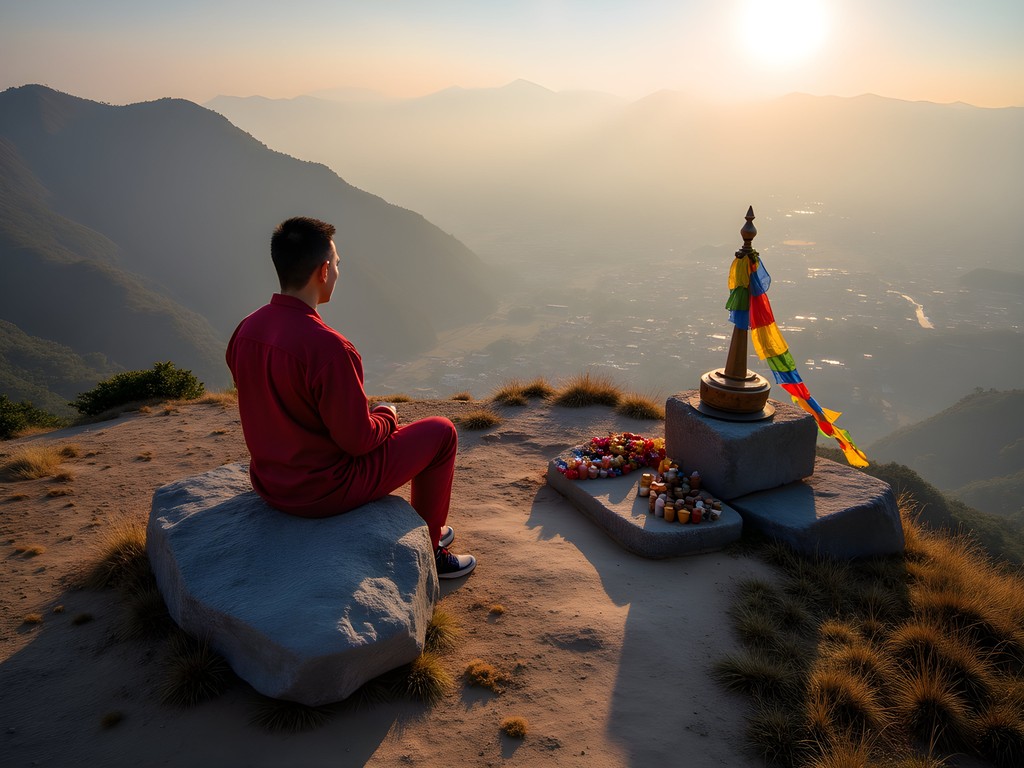
💡 Pro Tips
- Visit the Pharping monasteries before starting your trek – they're among the most significant Buddhist sites in the valley
- Pack a headlamp if doing this as a day trek, as descent can take longer than expected
- Bring offerings (flowers or incense) for the summit shrines as a sign of respect
4. Kakani to Suryachaur Trek
The northwestern rim of Kathmandu Valley offers what I consider the perfect balance of challenge, scenery, and cultural immersion. This 2-3 day trek begins in Kakani, famous for its strawberry farms and views of the Ganesh Himal range, before traversing ridgelines and valleys to reach Suryachaur.
What distinguishes this route is the remarkable diversity of landscapes packed into a relatively short distance. You'll pass through pine forests, rhododendron groves (spectacular if you visit in March-April when they bloom), terraced fields, and traditional villages where tourism remains a novelty rather than an industry.
The trail connects several important community forests, where local conservation efforts have created thriving ecosystems. During my trek here last fall, a village elder explained how the community had transformed barren hillsides into lush forests over two decades through sustainable practices and sacred protection of certain groves.
The geometric patterns of the terraced fields here are particularly striking – perfect concentric curves following the contours of the hills, creating natural amphitheaters that catch the light differently throughout the day. I spent one sunset photographing these living mandalas, marveling at how generations of farmers had intuitively created such harmonious designs.
At higher elevations, temperatures can drop significantly at night. My down sleeping bag has been a worthy investment for these treks – lightweight enough for my minimalist packing style but warm enough for comfort when staying in basic teahouses where heating is non-existent.

💡 Pro Tips
- Sample the famous Kakani strawberries if trekking during March-June season
- Carry a small first aid kit as medical facilities are limited along this route
- Ask permission before photographing people in villages – a small polaroid camera to give instant prints makes wonderful ice-breakers
5. Balthali Village Trek
Southeast of Kathmandu lies a hidden gem that combines gentle trekking with immersive cultural experiences. The Balthali Village Trek creates a circuit connecting the ancient Newari towns of Panauti and Dhulikhel with the serene agricultural settlement of Balthali, perched on a plateau surrounded by rivers.
This trek feels like stepping back in time. Beginning in the medieval town of Panauti (easily reached by local bus from Kathmandu), you'll walk through terraced rice fields and forested hills to reach Balthali village. What makes this route special is the balance between natural beauty and cultural heritage – you'll cross suspension bridges over rushing rivers, pass ancient temples, and encounter traditional farming practices unchanged for centuries.
During my stay in Balthali, I joined a local family for their morning yoga practice on a hilltop overlooking the confluence of two sacred rivers. The natural amphitheater created by the surrounding hills amplified the morning birdsong into a perfect meditation soundtrack no retreat center could replicate.
The relatively gentle terrain makes this trek accessible to moderately fit travelers, though some sections have steep climbs. You can complete the circuit in 3-4 days, staying in community homestays that provide authentic cultural exchange and directly support local economies.
One aspect I particularly love about this route is the opportunity to witness traditional crafts. In one village, I watched women weaving bamboo baskets in perfect geometric patterns, their fingers moving with a rhythm and precision that spoke to generations of practiced knowledge.
For this trek, my travel water filter proved invaluable. While guesthouses provide boiled water, having the ability to safely filter from streams meant I could travel lighter and reduce plastic waste from bottled water.
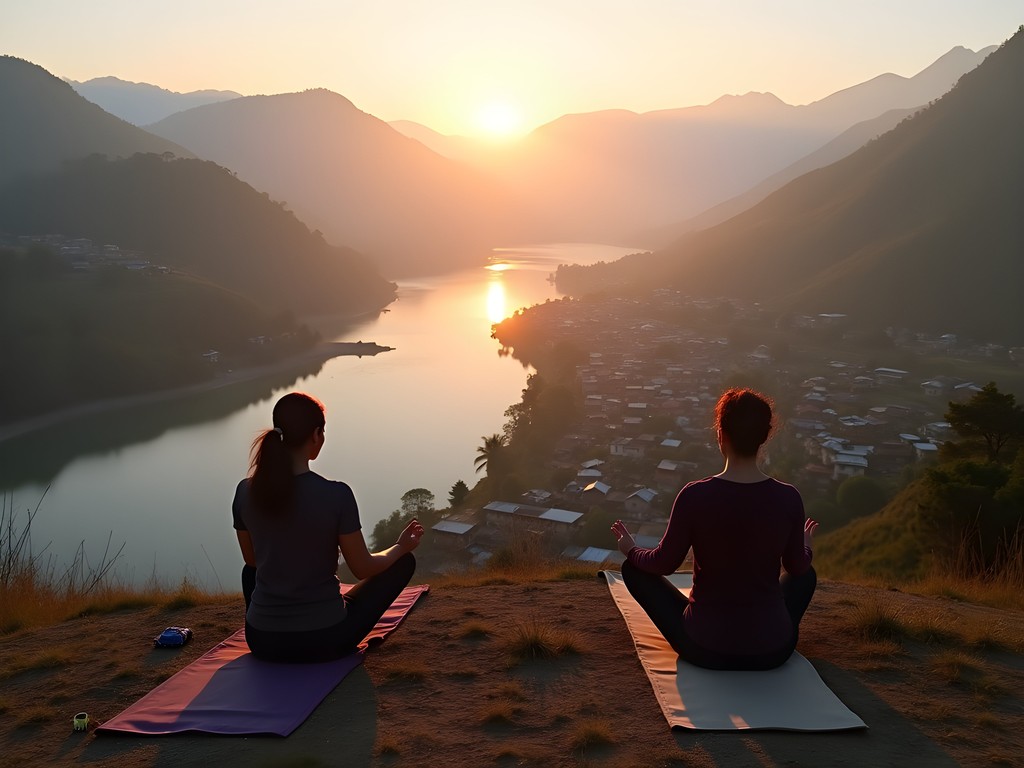
💡 Pro Tips
- Visit Panauti's medieval temples before starting your trek – they're among the best-preserved Newari architecture in Nepal
- Try the local specialty of nettle soup – surprisingly delicious and packed with nutrients
- Bring a small notebook to exchange language lessons with village children – they're often eager to practice English
6. Helambu Cultural Trail
While technically extending beyond the immediate Kathmandu Valley rim, the Helambu trek deserves inclusion for its accessibility and remarkable cultural significance. This 4-7 day journey explores the homeland of the Hyolmo people, whose Buddhist traditions and unique architecture create a fascinating cultural landscape.
Beginning in Sundarijal (just 12km from Kathmandu), the trail climbs through Shivapuri National Park before crossing the valley rim into the Helambu region. What makes this trek special is the combination of natural beauty, cultural immersion, and relatively comfortable accommodations in traditional villages like Chisapani, Kutumsang, and Tarkeghyang.
The Helambu region suffered significant damage during the 2015 earthquake, but the rebuilding process has been remarkable. Walking through these communities offers profound lessons in resilience and the impermanence that Buddhism teaches. In Tarkeghyang village, I watched elderly craftsmen reconstructing a monastery using traditional techniques, their precise measurements reflecting sacred geometric principles passed down through generations.
The trail offers spectacular mountain views of Langtang and Jugal Himal ranges, but it's the cultural encounters that make this journey special. Many villages maintain traditional Tibetan-influenced customs, and if you're fortunate, you might witness Buddhist ceremonies or festivals that few tourists ever see.
During my autumn trek here, temperatures varied widely between sunny days and chilly nights. My packable down jacket became my most essential layer – warm enough for evening temperatures but compressible enough to stash in my daypack when not needed. The ethical down sourcing also aligned with my values of responsible consumption.
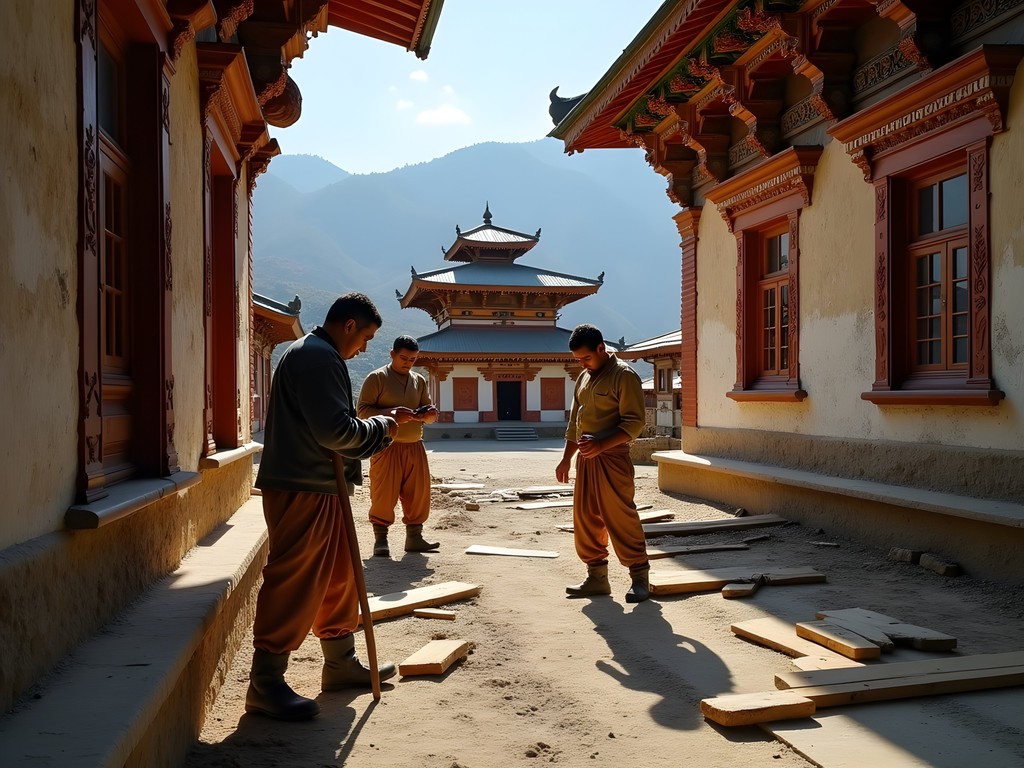
💡 Pro Tips
- Learn basic Hyolmo greetings – this small effort is deeply appreciated in remote villages
- Try the local yak cheese – each village has slightly different production methods
- Visit the Tarkeghyang Monastery – the monks sometimes welcome visitors to observe morning chanting
7. Langtang Valley Trek (Modified Post-Earthquake Route)
While the Langtang Valley Trek extends further from Kathmandu than the others on this list, I've included it because it represents something profound about Nepal – resilience in the face of devastating loss. The 2015 earthquake tragically destroyed much of Langtang Village, but local communities have created new trekking routes that both honor the past and look toward the future.
This 7-10 day journey begins with a bus ride from Kathmandu to Syabrubesi, then follows the Langtang River valley upward through forests and alpine meadows to Kyanjin Gompa (3,870m). The modified route now includes memorial sites and reconstructed villages, offering profound lessons in impermanence and renewal.
What makes this trek extraordinary is witnessing nature's regenerative power alongside human resilience. Areas that were devastated are showing remarkable ecological recovery, with pioneering plant species creating new habitats. The communities have rebuilt with greater earthquake resilience while maintaining traditional architectural elements.
The valley's U-shape creates a perfect geometric corridor that channels mountain light in remarkable ways. During my trek last fall, I experienced a sunset where the entire valley turned gold for about 15 minutes – a phenomenon locals call 'the blessing of Langtang Lirung' (the 7,227m peak that dominates the valley).
This trek requires proper acclimatization as you reach significant altitude. My daily practice of mindful breathing exercises – inhaling for 4 counts, holding for 7, exhaling for 8 – helped tremendously with adapting to the thinner air while maintaining energy levels.
For this longer trek, I relied on my solar charger to keep my phone and camera operational. The abundant sunshine at higher elevations makes solar charging extremely efficient, and maintaining communication capability is important for safety in more remote areas.
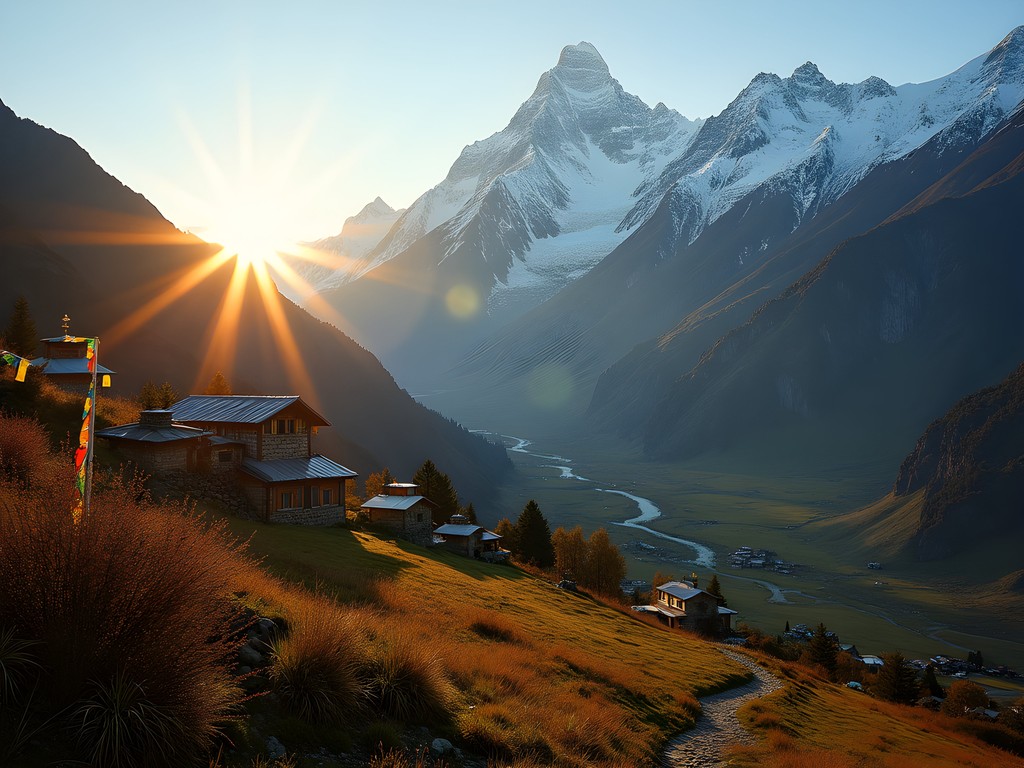
💡 Pro Tips
- Acclimatize properly by adding a rest/exploration day at Kyanjin Gompa
- Visit the memorial site respectfully – it's both a tourist site and a place of deep grief for many locals
- Try the local yak cheese – the Langtang variety is famous throughout Nepal
Final Thoughts
As I sit writing this from my small flat in Sheffield, with Nepal's prayer flags hanging above my desk, I'm reminded that the most profound travel experiences often come from the least Instagram-famous places. These seven treks around Kathmandu Valley have taught me more about mindful movement, sacred geometry in nature, and authentic cultural exchange than any guidebook could convey. They've shown me that with a moderate budget and adventurous spirit, Nepal offers transformative journeys beyond the famous Everest routes.
I encourage you to approach these trails not just as physical challenges but as moving meditations – each step an opportunity to connect with landscapes that have inspired spiritual seekers for centuries. Whether you have two weeks or just a few days to spare in your Nepal itinerary, venturing beyond the famous routes will reward you with perspectives that most travelers miss.
What hidden trek will you discover? The mountains are waiting – and they have much to teach those willing to listen.
✨ Key Takeaways
- The Kathmandu Valley rim offers accessible trekking opportunities that require no flights or expensive permits
- Fall (October-November) provides the clearest mountain views and most stable weather for these treks
- Community homestays and teahouses along these routes directly support local economies still recovering from the 2015 earthquake
- These lesser-known treks offer authentic cultural exchanges that have largely disappeared from more commercialized routes
📋 Practical Information
Best Time to Visit
Mid-September through November (fall) for clearest views and stable weather
Budget Estimate
$25-45 USD per day including accommodation, food and transportation
Recommended Duration
7-14 days to experience 2-3 of these treks
Difficulty Level
Moderate To Challenging, With Elevations Ranging From 1,400m To 3,870m


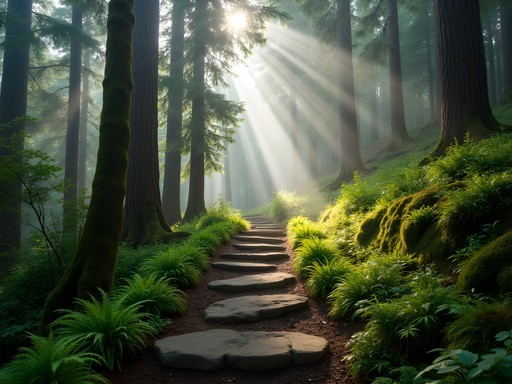
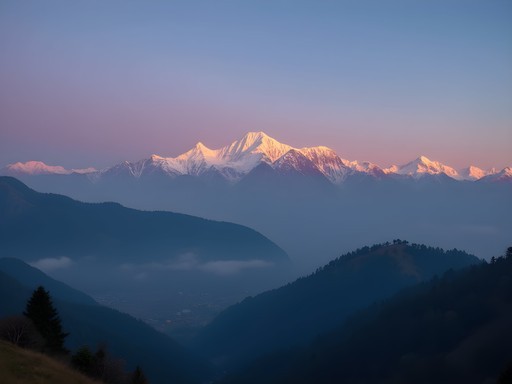

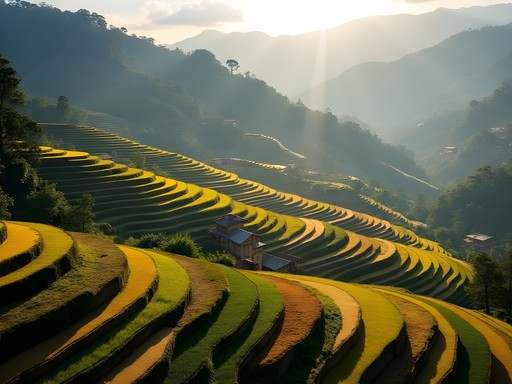
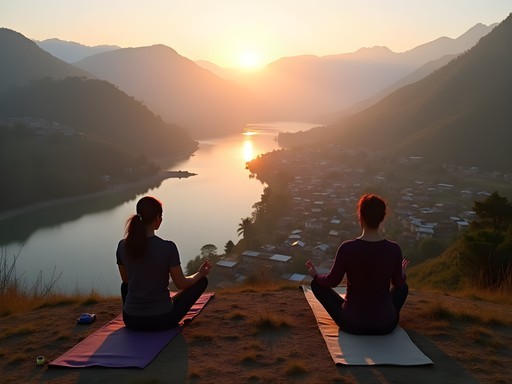









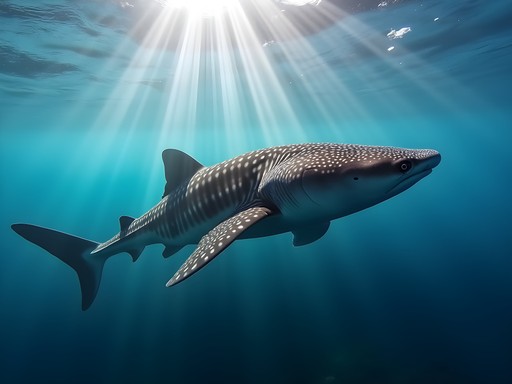
Comments
wildchamp
Saved this post! Those prayer flags in your pics are giving me all the wanderlust feels ✨
beachbackpacker
What's the best time of year for these treks? Planning a trip but not sure when to go.
sunnyseeker
October-November is perfect! Clear skies, comfortable temps. March-April is good too but can get hazy. Avoid summer monsoon season for sure.
Haley Hamilton
Reading this took me right back to my time in Nepal last spring! I stumbled upon the Champadevi trail completely by accident after chatting with a local cafe owner. What started as a "quick morning hike" turned into one of the most memorable days of my trip. The moment when the clouds parted to reveal the snow-capped peaks... pure magic! One practical tip I'd add: the local buses to trailheads can be confusing. I found using the Nepal Traveller app incredibly helpful for navigating public transport options. Also, don't miss the little tea houses along these routes - the masala chai halfway up Shivapuri saved my life when an unexpected rain shower hit!
mountainmate966
Are these treks good for beginners? I've never done a proper hike before but want to see Nepal beyond Kathmandu.
Haley Hamilton
Absolutely! I took my sister (total hiking newbie) on the Nagarkot to Dhulikhel trek last year. Take it slow, bring plenty of water, and you'll be fine. The Champadevi one is a bit steeper but still manageable. Just make sure to get some decent hiking shoes before you go - your ankles will thank you!
Nicholas Roberts
Having spent considerable time analyzing trekking patterns in Nepal, I find Leah's assessment quite accurate. The Shivapuri circuit particularly stands out for its biodiversity-to-accessibility ratio. I documented 27 bird species there last October, including the elusive Himalayan Monal. One critical point not mentioned: these routes allow proper acclimatization before attempting higher elevations. I'd recommend the Champadevi circuit as an excellent 2-day warm-up before tackling more ambitious treks. The trail infrastructure has improved significantly since 2021, though I'd still recommend trekking poles for the steeper sections.
sunnyseeker
This article is EXACTLY what I needed! I've done EBC twice and was looking for something different for my return to Nepal this winter. The Nagarkot to Dhulikhel Ridge Trek sounds perfect - did that one back in 2019 and the sunrise views of the Himalayas are absolutely unreal. Way less crowded too. Leah, you really captured the essence of what makes these smaller treks special. Sometimes the best experiences are found when you step off the beaten path!
wildchamp
Is Nagarkot doable as a day trip from Kathmandu? Or better to stay overnight?
sunnyseeker
Definitely stay overnight! The sunrise is the main event. Most guesthouses are simple but have amazing views. Worth every penny!
Amit Sullivan
Leah, this brings back such wonderful memories! I trekked the Nagarkot-Dhulikhel route last year during my fifth visit to Nepal. The way the morning light bathes the terraced fields is something I still dream about. One tip for readers: there's a small teahouse about halfway along the ridge that serves the most incredible masala chai - the owner learned his recipe in Darjeeling. Also, if you're planning multiple treks around the valley, I found the Nepal hiking map invaluable as many trail markers can be confusing. Leah, did you ever try the Kakani route? That's next on my list for when I return in spring.
redmate
That teahouse sounds amazing! Do you remember the name or how to find it?
Amit Sullivan
It's called Himalayan View Tea House - very simple place with blue doors. Just ask any local for 'Krishna's chai shop' and they'll point you in the right direction!
redmate
This is exactly what I needed! Heading to Nepal next month and really want to avoid the tourist crowds. Bookmarking this!
Amit Sullivan
You're in for a treat! The Nagarkot to Dhulikhel trek mentioned here is particularly stunning in the morning light. Start early!
redmate
Thanks for the tip! Did you use public transportation to get to the trailhead or hire a driver?
Amit Sullivan
I used local buses - cheaper but takes longer. If you're short on time, splitting a taxi with other travelers from your guesthouse works well too!
Bryce Diaz
Leah, you've captured the essence of what makes Nepal special beyond the famous treks! I've been guiding small groups in Nepal for years, and the Kathmandu Valley rim treks are my secret weapon for acclimatization before bigger adventures. Last October, I took a day to hike Chandragiri after finishing the Manaslu Circuit, and that final sunset view of the valley was the perfect bookend to three weeks in Nepal. For anyone reading: don't miss the small local teahouses on these routes. The dal bhat at the family place just below Shivapuri peak (can't remember the name - blue door with prayer flags) was the best I had in all of Nepal. And the locals are genuinely surprised and delighted to see tourists exploring these 'backyard' trails instead of just rushing off to the big-name treks. Leah - if you're ever back in Kathmandu, there's another half-day route from Godavari Botanical Gardens that I think you'd love. Happy trails!
oceanblogger
I'm a complete trekking novice but did the Shivapuri hike last week and it was perfect for beginners! Started early (7am) to avoid the heat and took the route from Budhanilkantha. The monastery halfway up was so peaceful - the monks offered us tea! I was worried about navigation but downloaded Maps.me and marked the trail points from this blog post beforehand. My hiking boots were perfect for the terrain. Thanks Leah for highlighting these accessible treks - not everyone can do EBC and these alternatives gave me my first taste of Himalayan trekking without the extreme challenge!
Venture X
Premium card with 2X miles, $300 travel credit, Priority Pass